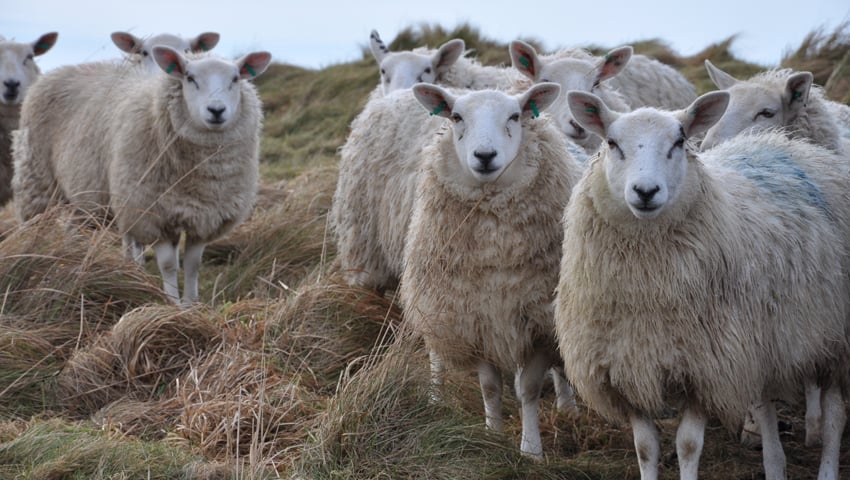Speaking to 8.9 TV News, Phil Stocker, the Chief Executive of the National Sheep Association, said that new technology could help to increase the intensity of shepherding – making it easier to deliver environmental improvement, while reducing grazing pressures.
The new management plan for Bannau Brycheiniog (Brecon Beacons) National Park aims to deliver “shifts in land management, from extractive with high external costs to regenerative, sequestering carbon and co-existing with nature recovery and resilient ecosystems.” But despite the fear articulated by some farming groups a productive farming landscape is firmly at the heart of the action plan, including sheep grazing.
But Phil Stocker said that he doesn’t expect any great change in the way that areas in Bannau Brycheiniog are grazed and farmed. “There is no ambition to reduce sheep numbers,” he said. “It’s more about trying to make sure that grazing is done in a way that preserves some of the peatland and heather and probably improves some of those plant communities by getting some of the invasive plants such as bracken under control.”
He said “It’s worth recognising that these areas of common grazing are pretty much all privately owned, so for the new Brecon Beacons management plan to deliver it is about bringing people together and getting organisations and individuals to take action, to encourage them, enable them and to support them financially.
Mr Stocker said that the perception that sheep overgraze is largely a hangover from the eighties and nineties when farmers were paid based on headage. He said, “That artificially pushed sheep numbers up to a high level. Sheep numbers have definitely fallen due to the fact that those headage payments were removed.”
However, he said “They’ve also fallen in upland and common areas because those areas are involved in environmental schemes that have compensated farmers. On the Brecon Beacons and the Black Mountains I would say that sheep numbers now are probably 50% of what they would have been. We’re now seeing areas that you could argue are under-grazed, as well as some areas where it might be nice to relieve the grazing pressure.”
But it’s not just about sheep numbers – the way they are managed also matters. Over the last 20 or 30 years there has been a lot of cost pressure on traditional sheep management such as hefting, where sheep are trained over generations to stay in their natural areas. Mr Stocker says that now “there are sheep out there basically ranging and not getting the level of shepherding they would have in years gone by.”
However, new technology may be able help deliver a return to what Mr Stocker call more “intensive shepherding”.
He said “We’ve seen the introduction of electronic collars for cattle. Wherever you are – you might be a hundred miles away – you can change the boundary on your smart phone so that you can extend them, or move them.”
Similar technology could be used for sheep, and trials are taking place in Ireland and France. While acknowledging that collars are still expensive, Mr Stocker said “That sort of technology could really help.”
